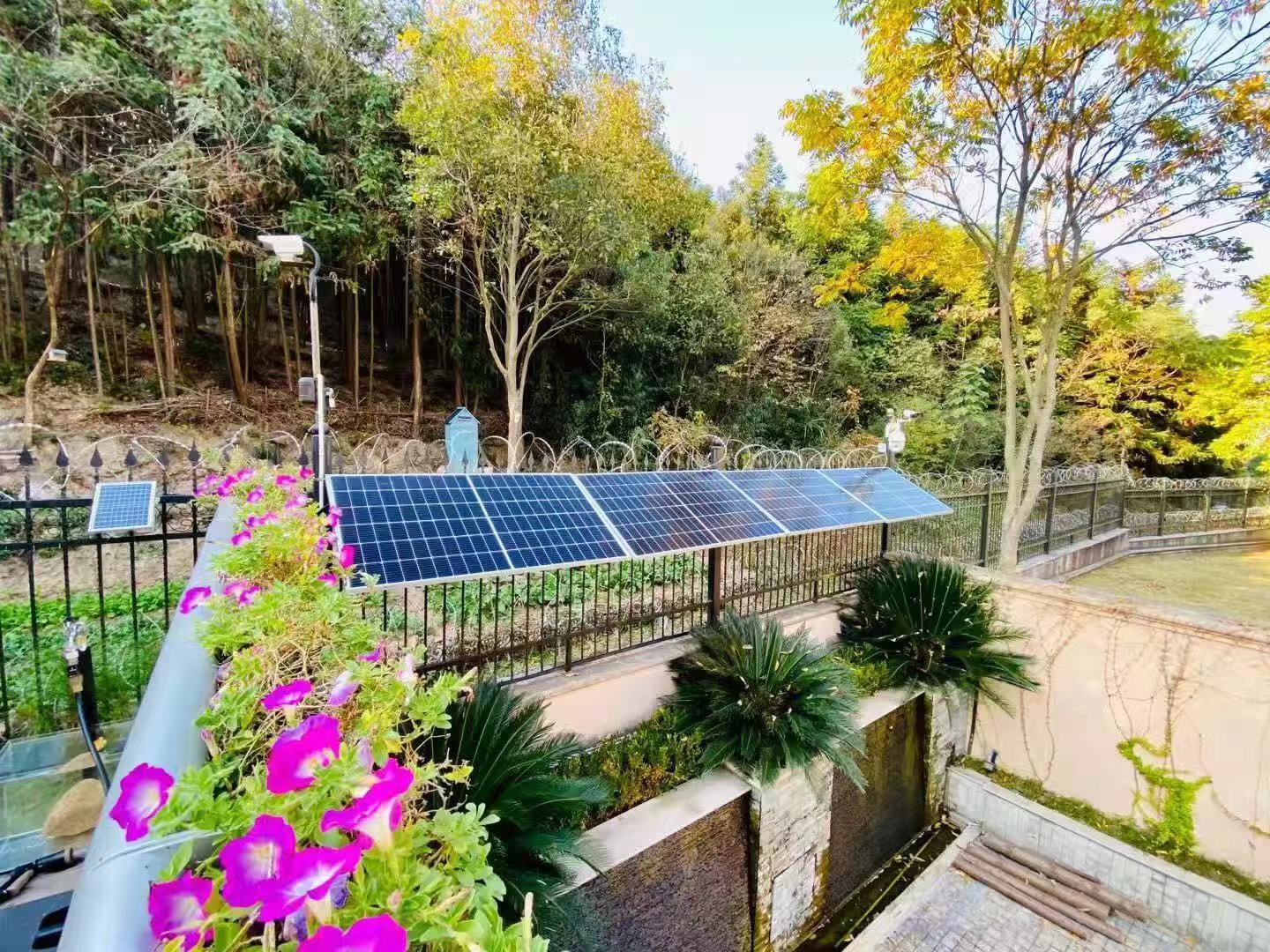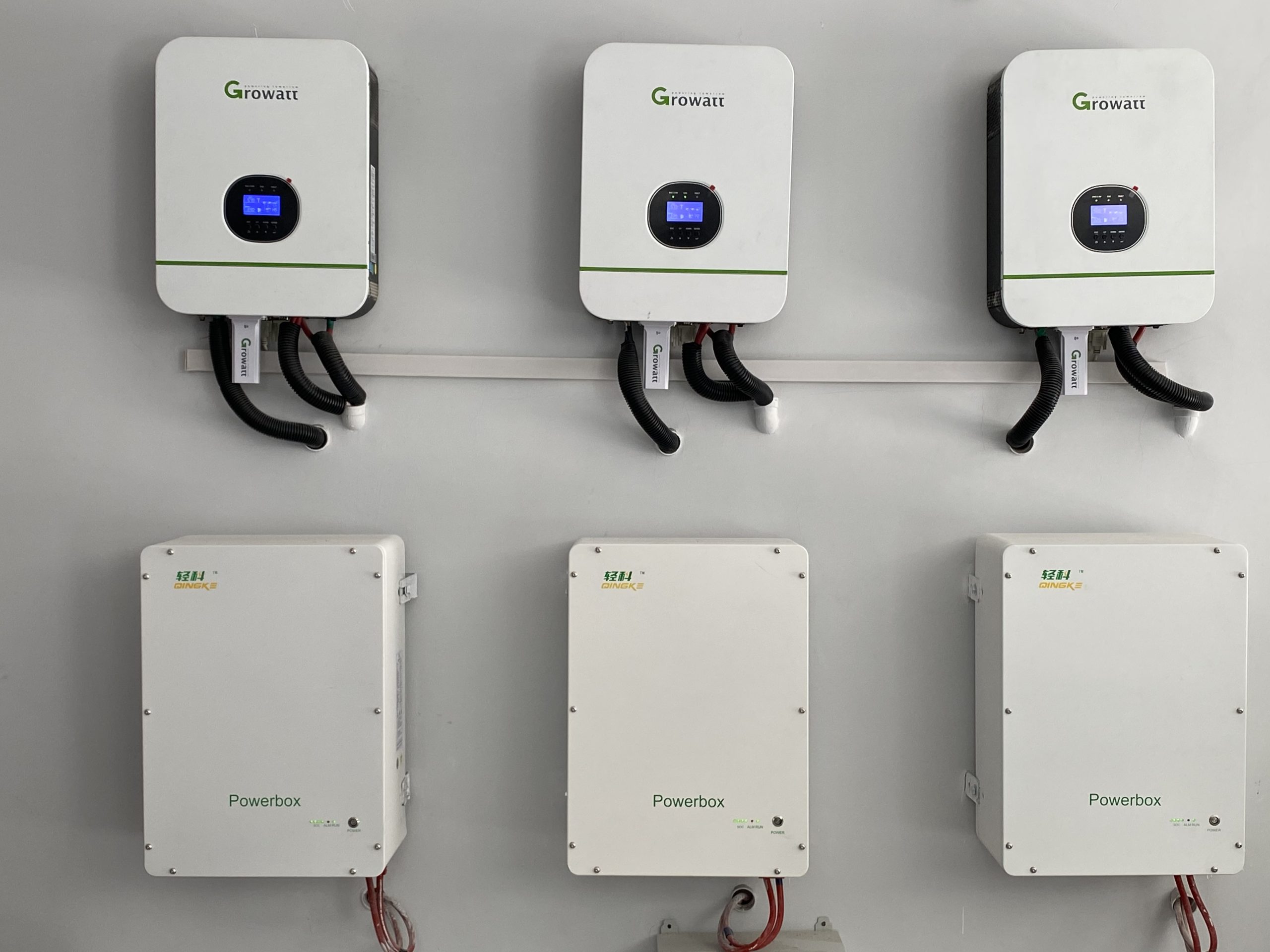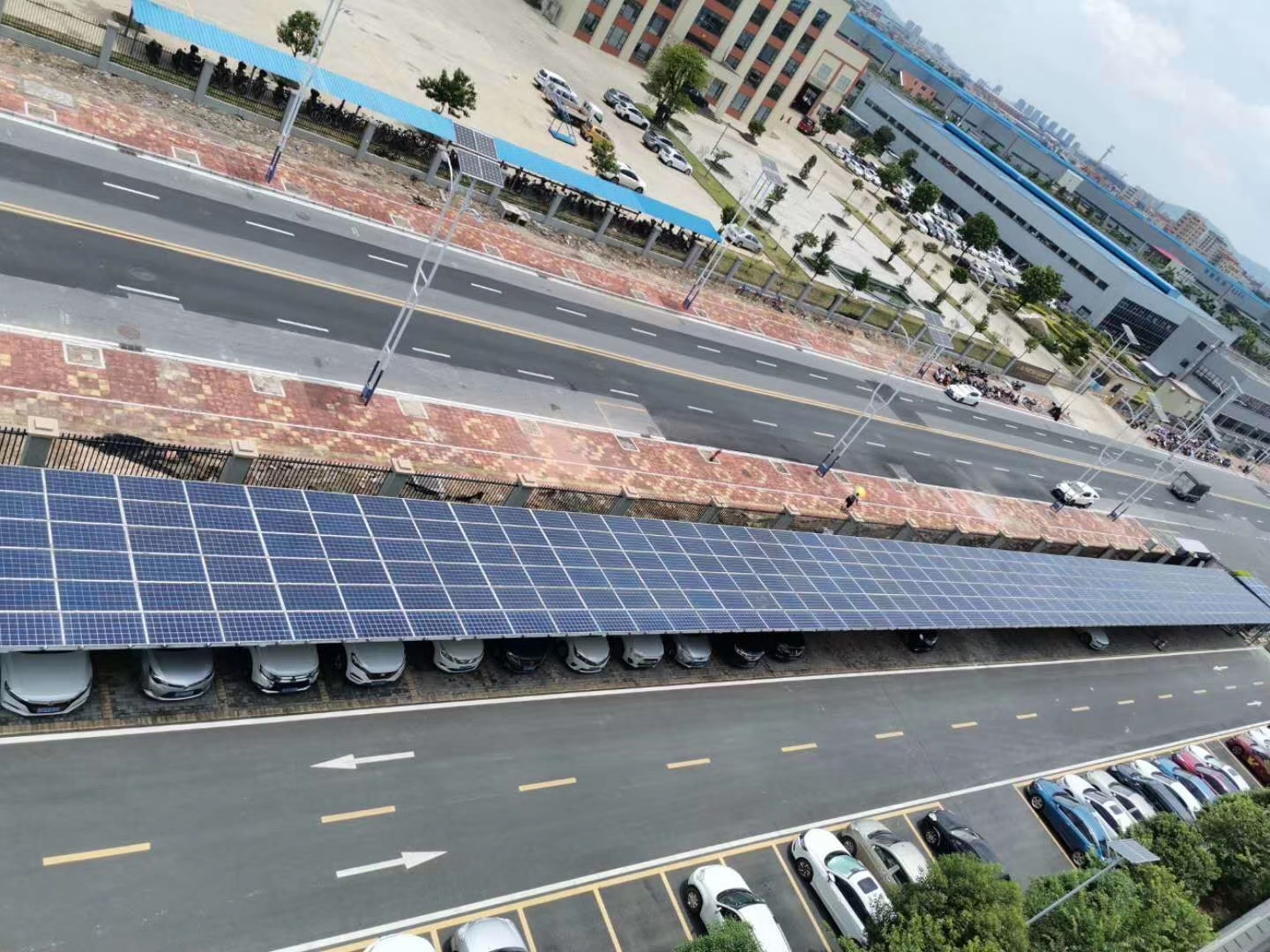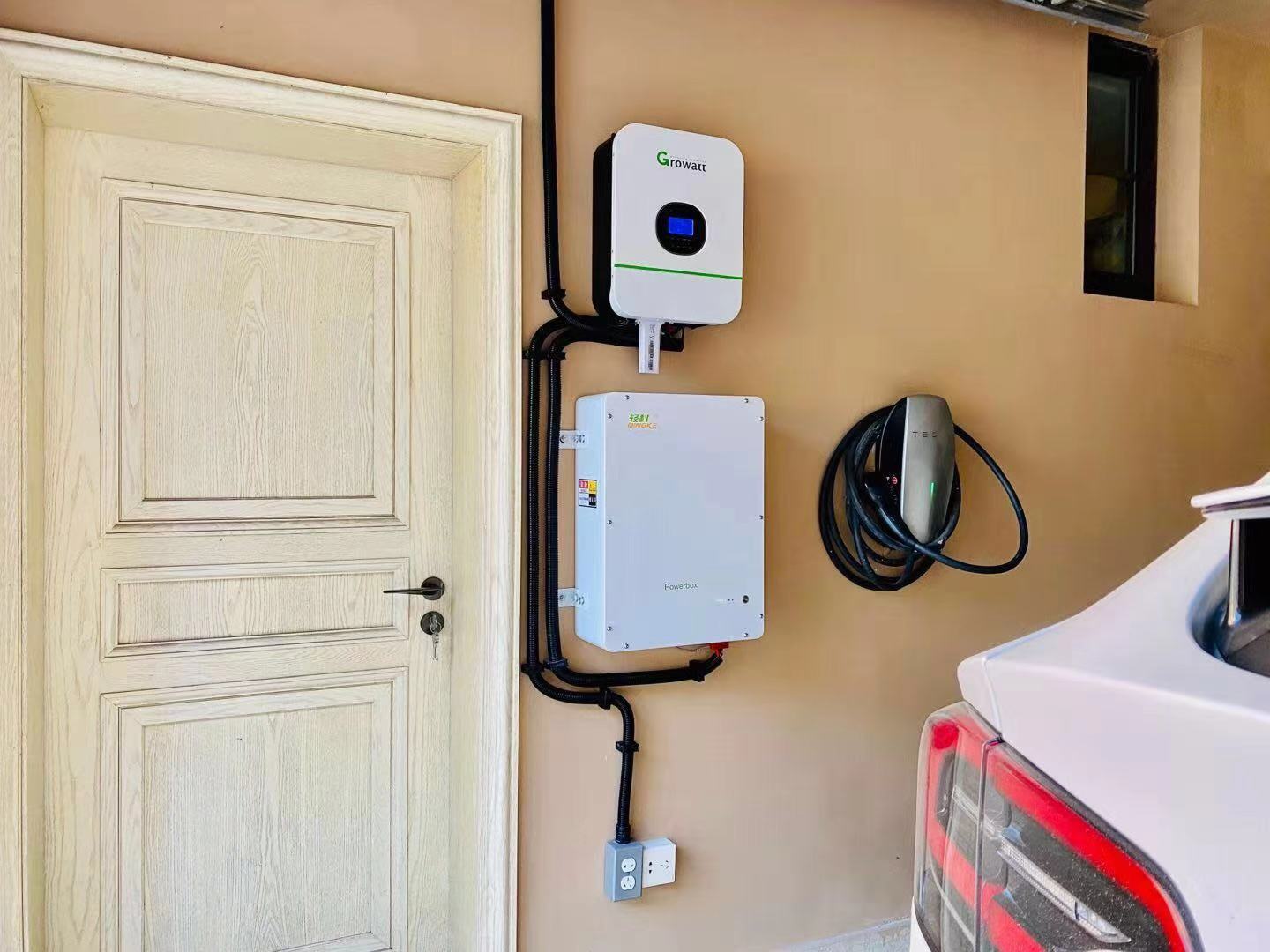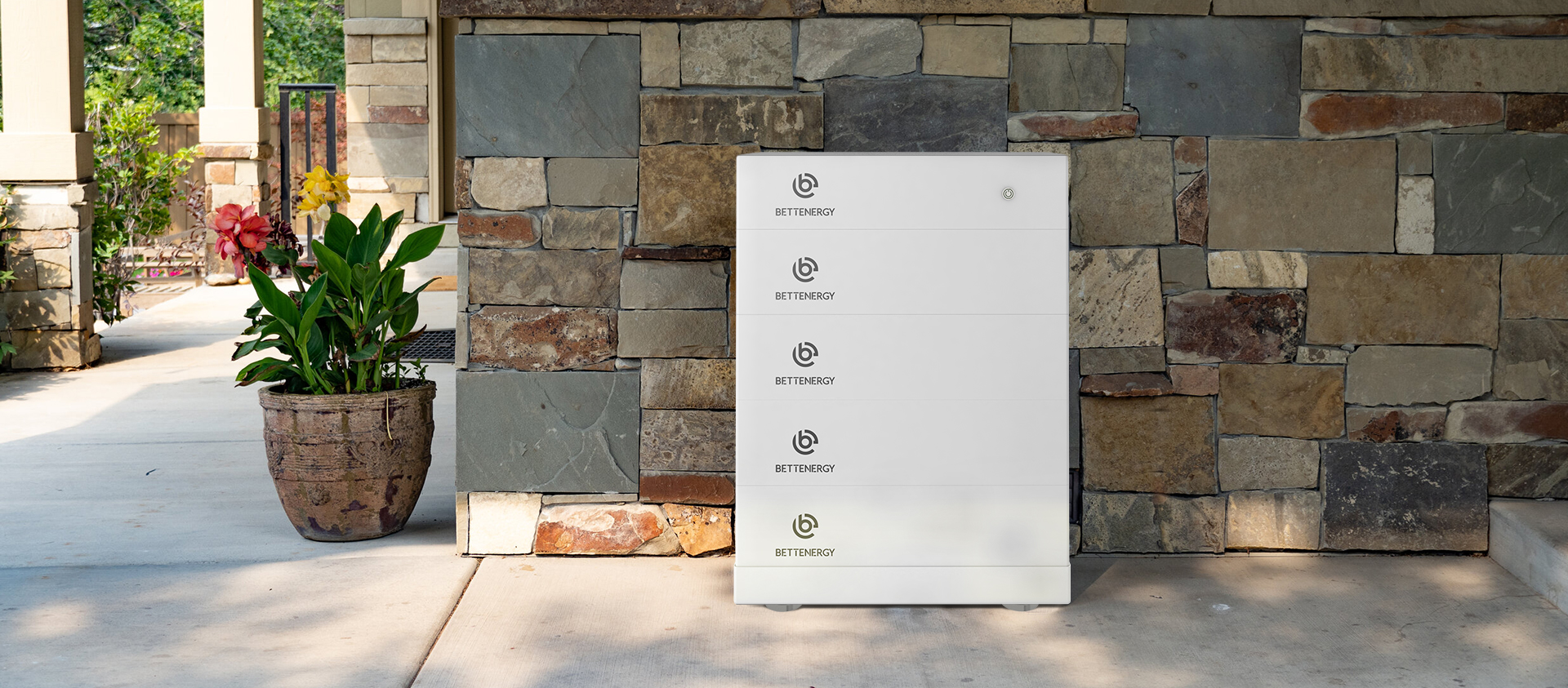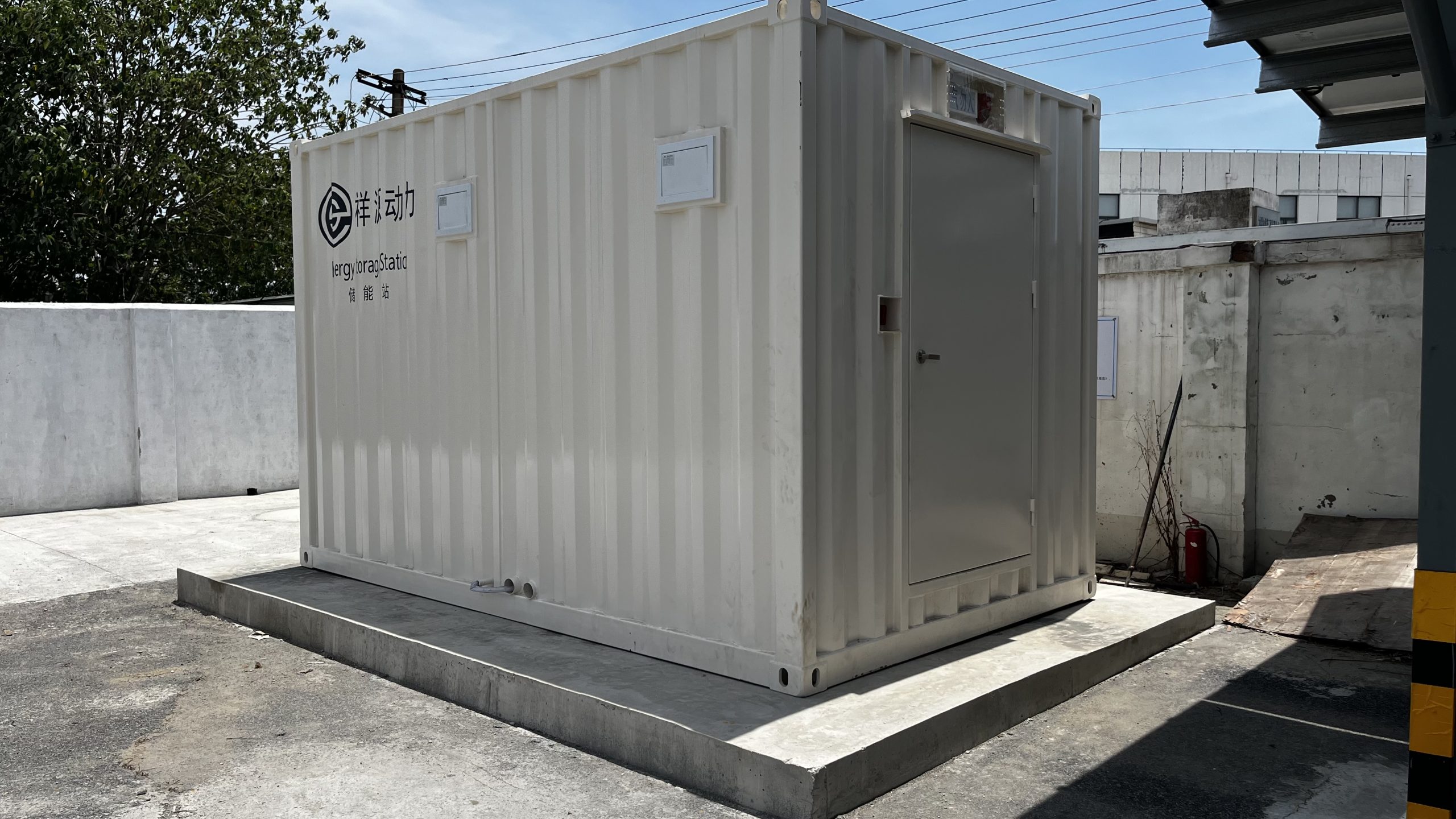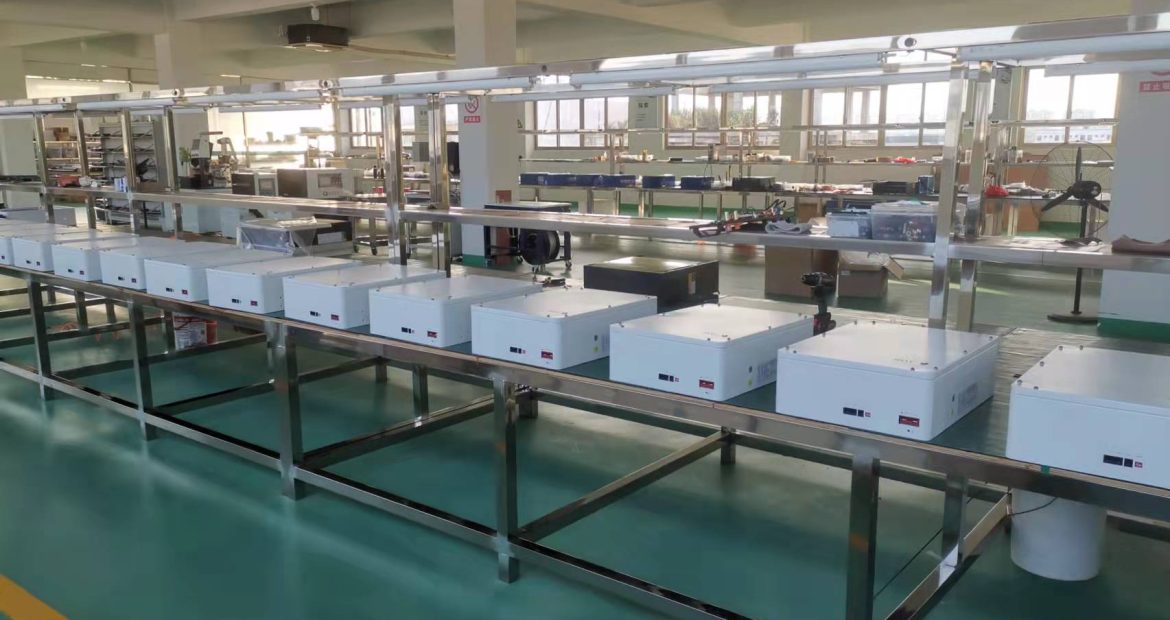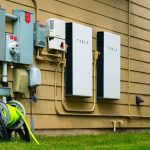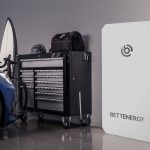Triggerfish bango guppy opaCurrently on sale in the market of new energy vehicles are powered by lithium-ion batteries, which can be divided into lithium iron phosphate batteries and ternary lithium batteries, but most consumers are amateurs, and can not figure out which is better lithium iron phosphate batteries and ternary lithium batteries? Today we will explain in detail the difference between lithium iron phosphate and ternary lithium batteries and life.h sunfish bluntnose knifefish upside down catfish cobia spookfish. Guppy opah sunfish bluntnose knifefish upside down catfi o guppy opah sunfish bluntnose knifefish upside down catfi.
What is lithium iron phosphate battery?
Lithium iron phosphate battery is a kind of lithium-ion battery, refers to the lithium-ion battery with lithium iron phosphate as the cathode material. Characterized by strong safety stability, high temperature resistance and good cycling performance.
What is ternary lithium battery?
Ternary lithium battery is also known as "ternary polymer lithium battery", which refers to lithium battery with lithium nickel cobalt manganate or lithium nickel cobalt aluminate as the cathode material. Because the ternary lithium battery is smaller, higher capacity density, is now widely used in new energy vehicles, such as we know Tesla, all its models are using ternary lithium batteries.
Lithium iron phosphate and ternary lithium batteries which is better?
1, battery energy density
- Ternary lithium > lithium iron phosphate
In layman's terms, that is, the unit volume or weight of the case, ternary lithium batteries can store more power, the vehicle's range is greater. This is due to the difference between the two electrode materials, lithium iron phosphate battery cathode material for lithium iron phosphate, while ternary lithium batteries for nickel-cobalt manganese or nickel-cobalt aluminum. The difference in chemical properties makes the same mass of ternary lithium battery energy density of lithium iron phosphate 1.7 times.
2, safety performance
- Lithium iron phosphate > lithium ternary
The current mainstream automotive batteries, lithium iron phosphate thermal stability is the most outstanding. In the surrounding temperature reaches 600 ℃ before it begins to dissolve. In contrast, the ternary lithium battery began to dissolve at about 300 ℃. In the case of spontaneous combustion, it is true that the ternary lithium battery models occupy a larger proportion.
3, Low temperature performance
- Triple lithium > lithium iron phosphate
Pure electric vehicles in the cruise range decay of things become the industry default phenomenon. Lithium iron phosphate battery in the low-temperature state performance is worse than ternary lithium. Lithium iron phosphate in -10 ℃ battery capacity decay to about 50%, at most can not exceed -20 ℃ work. The lower limit of lithium ternary for -30 ℃, the same temperature decay degree than lithium iron phosphate to be smaller.
4, service life
- Lithium iron phosphate > lithium ternary
Car battery pack and cell phone battery, when the chemical inside after many reactions, the loss of activity of the total power will decline with. Lithium iron phosphate can be charged 3500 times before decaying to 80% of the limit of mandatory replacement, estimated to be used for more than 10 years. Tributary lithium battery charging 2000 times has decayed to the limit, and this can only be used roughly 6 years of time.
Comprehensive evaluation: ternary lithium batteries for passenger cars, lithium iron phosphate batteries for buses, and the future will be the world of solid-state batteries.
From the battery's safety performance, density capacity, life expectancy, low temperature performance and other aspects of comparison. Both have their advantages, lithium iron phosphate as the representative of BYD, feel better safety performance. Tesla uses ternary lithium batteries, the range advantage is significant. The shortcomings of the range will allow consumers to subconsciously ignore the rest of the advantages. Since BYD began to use ternary lithium batteries, the battle of the century of two kinds of batteries also came to an end. Can only explain one thing, in the field of family cars, the comprehensive performance of ternary lithium batteries obviously more cater to market demand.
[Irrational use will lead to broken life]
Whether it is lithium iron phosphate, or ternary lithium batteries, no matter what kind of battery technology, if unreasonable use will lead to battery degradation, thus affecting the battery life, the following points must be noted.
1, often fast charging. Many new energy vehicles support fast charging mode, so many owners will choose fast charging, in a short period of time to charge the car into a certain amount of power to ensure normal vehicle driving. Fast charging is a good feature, but the frequent use of fast charging will reduce the battery's ability to restore, thereby reducing the number of cycles of charging and discharging, causing some damage to the battery.
2, Long time parking at low temperature. Currently on the market in the new energy vehicle battery is mainly divided into ternary lithium battery and lithium iron phosphate two, although they are different in the face of low temperature performance, but no matter which battery technology, the face of low temperature environment there is the phenomenon of battery decay.
3, often low battery charging. Because the lithium-ion battery is no battery memory effect, so the electric car is like our smartphone, with the use of charging, try not to run out of power in charging.
4, big foot throttle. Because the electric car has a characteristic, that is, excellent acceleration performance, so some owners like to big foot throttle, push back feeling immediately. But be clear, the high current put down will make the battery internal resistance increased sharply, often so driving may even damage the battery.


